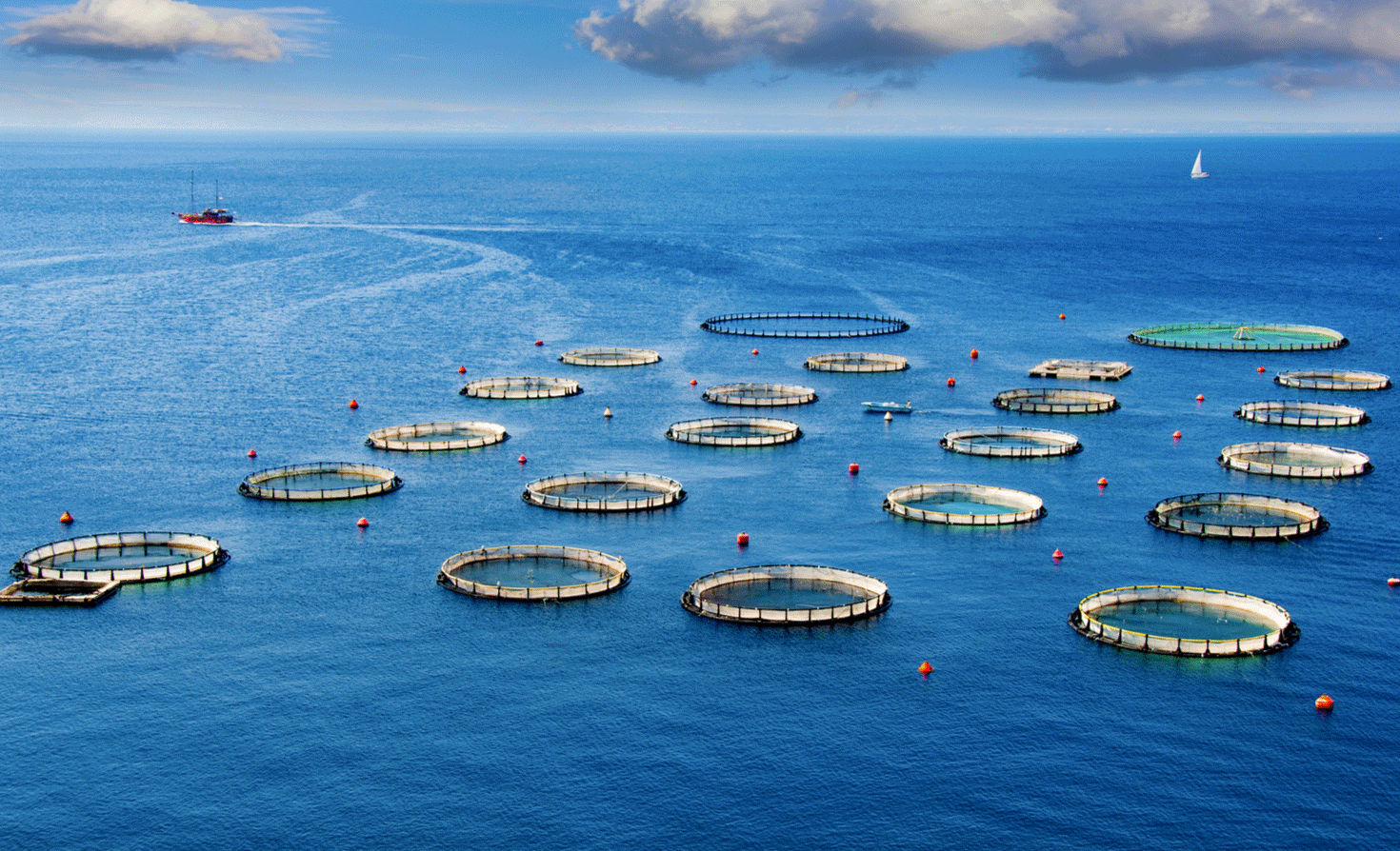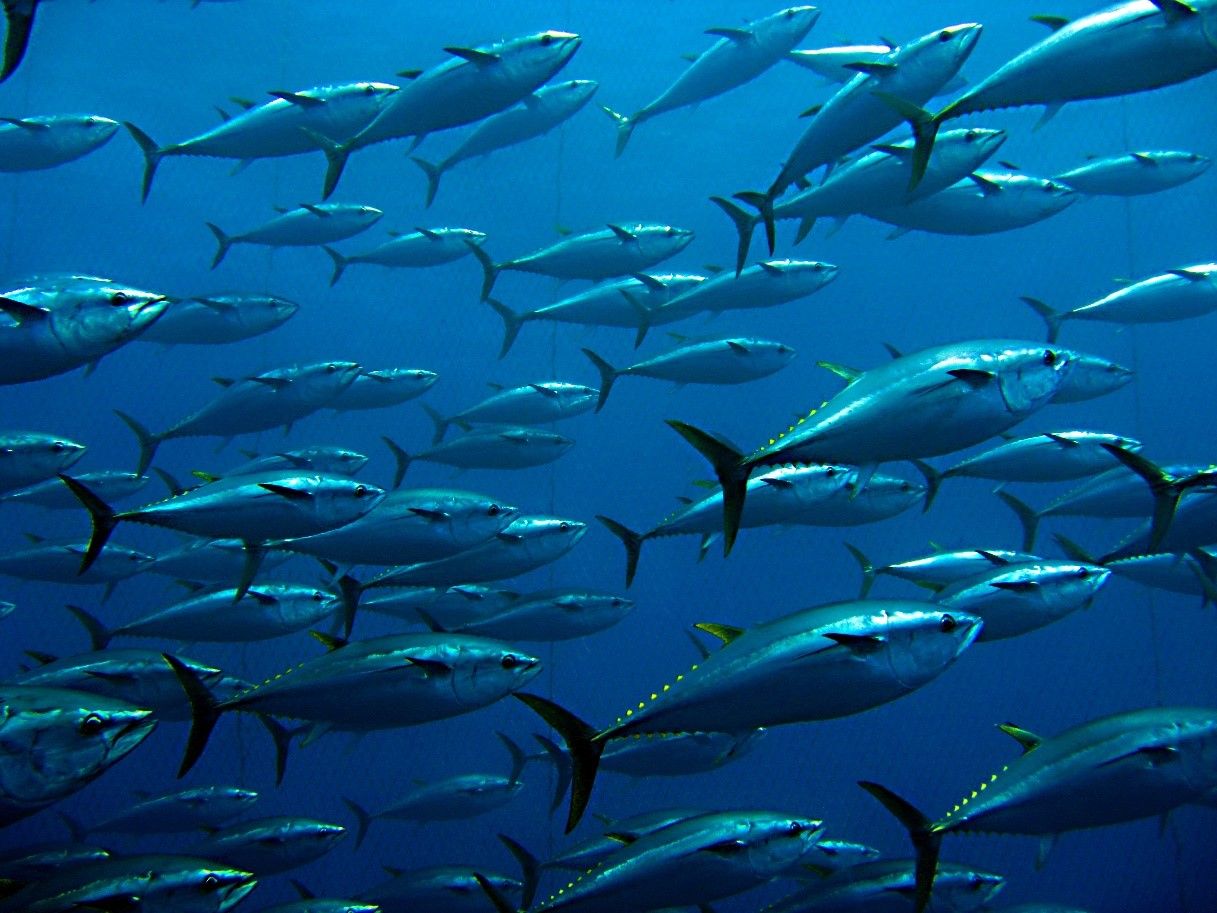Individual Transferable Quotas - Managing Fisheries with Economic Policies
Discover the intriguing world of natural resource markets and the debate surrounding policy effectiveness in addressing pricing market failure. Learn how mispricing and overexploitation impact our planet's ecological balance.

By: Julian Olsen-Pendergast
The effectiveness of policy instruments to address pricing market failure in natural resource markets is a topic of ongoing debate within ecological economics. Market failure can significantly impact the allocation of natural resources and the environment. Ensuring the optimal allocation of natural resources is crucial to maintaining the ecological balance of our finite planet.
A key term to understand is natural capital pricing market failure. It is an ecological economic concept referring to market failure that arises from the mispricing of natural capital assets and the ecosystem services they provide. This mispricing leads to the inefficient and excessive exploitation of these resources. Agents engaging in the consumption of natural resources are inevitably faced with a disconnect between the value of these resources, which results in the overuse of resources upon which they depend.
Market failure can occur through externalities or through ill-defined property rights. Externalities occur when the actions of an individual or business affect third parties. Market prices often fail to account for the full costs of using natural capital, leading firms to overexploit these resources, as they do not bear the full cost of the environmental damage they cause.

Rights-based policy instruments such as transferable quotas (TQ's) originated in the 1960s, with economist Ronald Coase's work on external costs. His work was soon followed by that of Dales (1968) and Montgomery (1972) on water regulation and pollution permits, respectively. These policies fundamentally rely on the Coase conjecture, which states that in an efficient market with no transaction costs and clear property rights, the permits/quotas will be allocated to firms that value them the most.
TQ's are allocated to agents who deplete finite natural resources, granting them permission to utilise a specific amount of scarce natural resources. This allows the government to set a cap on overall consumption. These quotas can be traded and transferred for monetary compensation, forming a market for buying and selling quotas (OECD, 2010).
A specific policy implementation of TQ's is a quota on the number of fish that can be caught, often called Individual Transferable Quotas (ITQs). When properly designed, these permits entitle the holder to catch a specified weight of a specific fish. Furthermore, the Total Allowable Catch (TAC) should be equal to the efficient catch for the fishery. When only the TAC is caught, there will be optimal use of population.
Quotas are primarily allocated through two mechanisms: allocate quotas at no charge, proportionate to previous unregulated catch (i.e., grandfathering) or sell quotas at auction. In the case of allocation at no charge, high-cost firms will sell their quotas to lower-cost firms and exit the market; the tradable and transferable nature of these quotas ensures that only efficient firms retain fishing rights. If regulators use the auctioning method of distribution, the same efficient market allocation and production are obtained, operating similarly to a tax system.
The Australian Fisheries Management Authority (AFMA) implemented a tradable quota system for Southern Bluefin Tuna in 1992 in response to concerns over declining populations. The quota system aimed to manage the fishing industry sustainably by setting a TAC limit, which was divided into ITQs. The TQ's are allocated to holders based on a historical share of the catch system. Since implementation, the tuna population has shown signs of recovery. In 2018, the total available catch was increased to 5,033 tons, which was the highest in over 20 years. Additionally, the value of the Southern Bluefin Tuna industry has increased, with exports reaching AUD $170 million in 2019. Overall, the tradable quota system for SBT in Australia has been a successful example of sustainable fisheries management.
The use of TQ’s for correcting natural capital pricing market failure within the planetary boundary of biosphere integrity, specifically fisheries, is optimal due to three conditions. Firstly, the market under regulation will naturally optimise the fish population. Not only does it produce the most revenue for the fishing economy, but it also creates a long-term and sustainable use of fisheries. Secondly, the policy management is clear and if regulators can ensure compliance only the TAC will be caught. Lastly, it incentivises firms to have lower costs through the tradable feature, making the market more efficient.
However, there can be problems with the use of TQ’s in fisheries. Firstly, fishing boats may target one species, but they catch juveniles and other species as by-catch. Fishers dump by-catch overboard to avoid fines, and since by-catch rarely survives it represents double waste – harvesting fish that are not consumed. Furthermore, there is not consensus on how to estimate TAC due to differing methods between biologists and economists, using biomass estimations or area-based estimations. Furthermore, regulators often set the TAC too high in response to political pressure from the fishing industry.


